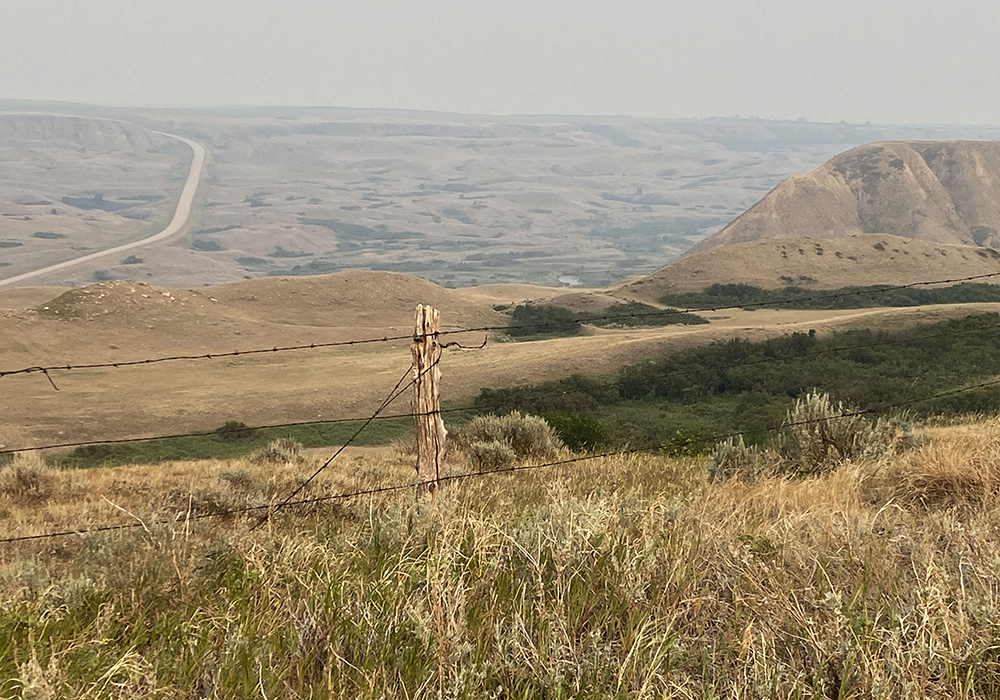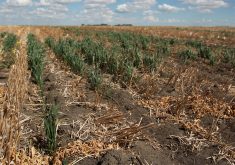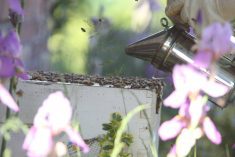Just when crops across the Canadian Prairies need rain, the outlook to the end of July, according to Drew Lerner of World Weather Inc., points to things getting hotter and drier.
“It does not look really good at the moment. We are going to see below normal rainfall and warmer than normal temperatures during that time period,” Lerner said, noting there’s to be one major rain event midway through the week of July 17 over what he called “a moisture-stressed environment.”
“The whole problem with the Prairies is the last several weeks there’s been no moisture feed into the region. The storm will be big for western Alberta and northern Alberta. But as that storm system moves across the heart of Prairies …it’s going to run through a lot of dry air. By the time it gets to the east side of Saskatchewan, it’s going to be falling apart.”
Read Also

Saskatchewan puts crown land auction on hold
Auctions of Saskatchewan crown lease land are once again on hold.
Lerner forecast warm temperatures in the leading up to the storm and then after the storm there’s to be a ridge of high pressure for several days afterward.
“We will lose all of that moisture in a day or two.”
Lerner said there will likely not be any other major storms passing through the Prairies for the rest of July, but only series of scattered showers at best.
“From a spring wheat and canola perspective, it doesn’t look good,” he said.
The U.S. northern Plains were in much the same boat, particularly Montana, North Dakota and northwestern South Dakota, Lerner said. However, conditions are not as bad in the eastern half of South Dakota and a good portion of Minnesota.
















